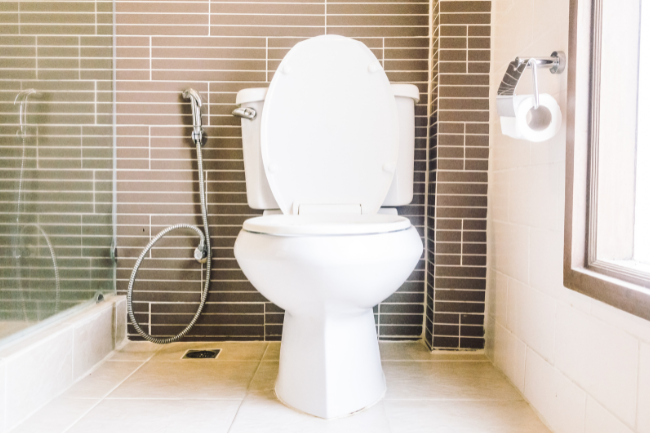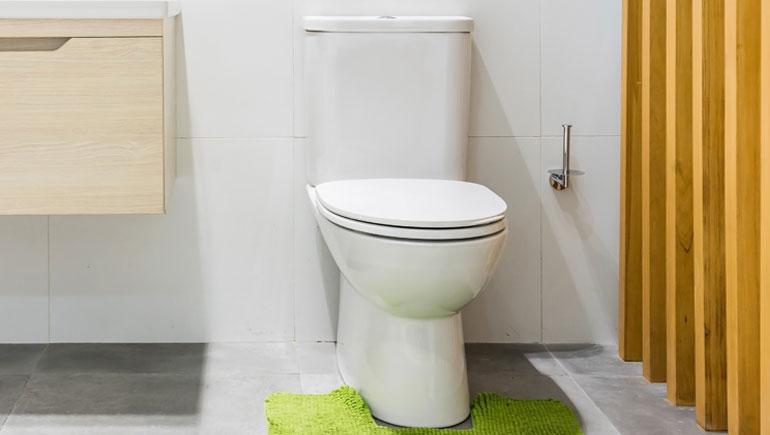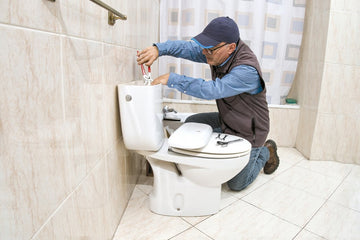In the ever-evolving landscape of environmental sustainability, one of the most intriguing developments is the advent of smart toilets. As our world grapples with water scarcity, the role of smart toilets in water conservation has become increasingly significant. These innovative fixtures are transforming how we think about water usage, promising a future where conservation and convenience go hand in hand.

Understanding Smart Toilets
To comprehend the role of smart toilets in water conservation, we must first understand what makes these toilets 'smart.' Unlike traditional toilets, smart toilets are equipped with advanced technologies that optimize water usage. These technologies often include sensors, automated flushing systems, and even water-saving modes. For instance, some models can detect whether a full or half flush is necessary, significantly reducing water waste.
The integration of smart technology into toilets is not just a luxury but a necessity. With global water resources dwindling, every drop saved contributes to a larger goal of sustainable water management. Smart toilets are a crucial part of this strategy, aligning with broader efforts to conserve water across various sectors.
How Smart Toilets Save Water
Smart toilets contribute to water conservation in several ways. One of the most notable features is their precision in water usage. Traditional toilets often use more water than necessary, with each flush consuming gallons. In contrast, smart toilets are designed to minimize water use without compromising on performance.
According to a study by the Woodlands Water Agency, implementing high-efficiency toilets like smart ones can reduce household water usage by up to 20%. This is achieved through features such as dual-flush systems, which allow users to select different flush volumes based on the need. For more details on the difference between dual-flush and single-flush toilets, visit this article.
Technological Innovations Driving Water Conservation
Smart toilets are at the forefront of technological innovation in the plumbing industry. Features such as touchless flushing and leak detection are increasingly common. Touchless systems use sensors to detect when a user is finished, ensuring that the toilet flushes only when necessary.
Leak detection is another critical feature that prevents water wastage. Many smart toilets can alert users to leaks, enabling timely repairs and preventing significant water loss. These innovations are part of a broader trend towards sustainable plumbing solutions. Exploring these advancements can offer insights into future trends in water conservation technology.
Challenges and Considerations
Despite their benefits, smart toilets are not without challenges. One of the primary concerns is cost. The advanced technology in smart toilets often comes with a higher price tag than traditional models. However, many argue that the long-term savings on water bills offset the initial investment.
Additionally, the installation of smart toilets may require professional assistance, adding to the overall expense. Yet, as technology advances and becomes more widespread, the cost is expected to decrease, making smart toilets a more accessible option for the average consumer.
The Future of Smart Toilets in Water Conservation
Looking ahead, the role of smart toilets in water conservation is set to expand. As awareness of environmental issues grows, so does the demand for eco-friendly solutions. Governments and organizations worldwide are implementing regulations to promote the use of high-efficiency fixtures, including smart toilets.
In the future, we can expect smart toilets to become a standard in new constructions and renovations. As manufacturers continue to innovate, these toilets will likely become even more efficient and affordable. For a glimpse into future trends in toilet technology, explore this resource.
Conclusion
The integration of smart toilets into homes and businesses represents a significant step towards sustainable water management. Their ability to conserve water while offering enhanced functionality makes them a valuable asset in the fight against water scarcity. As the plumbing industry continues to evolve, smart toilets will undoubtedly play a crucial role in shaping a more sustainable future.

FAQs
What are smart toilets? Smart toilets are technologically advanced fixtures designed to optimize water usage through features like sensors, automated systems, and water-saving modes.
How do smart toilets contribute to water conservation? Smart toilets use various technologies to minimize water waste, such as dual-flush systems and leak detection features, significantly reducing overall water consumption.
Are smart toilets affordable? While initially more expensive than traditional toilets, the long-term savings on water bills often offset the higher cost, making them a cost-effective choice over time.






